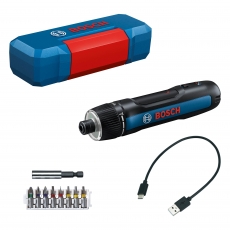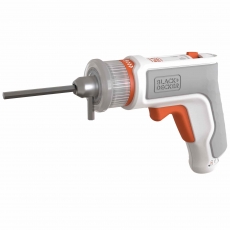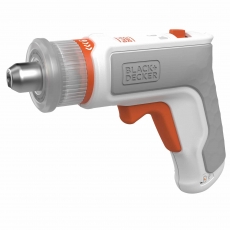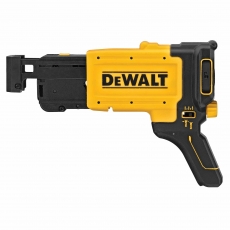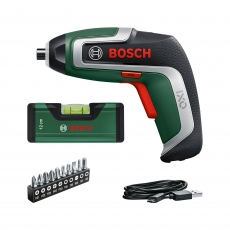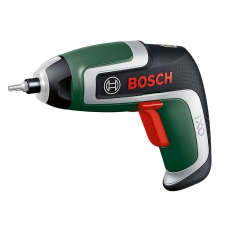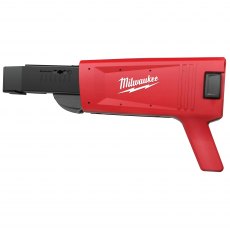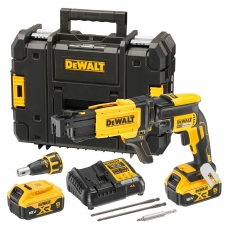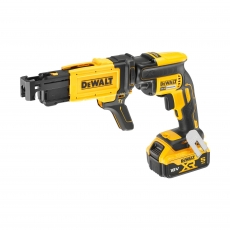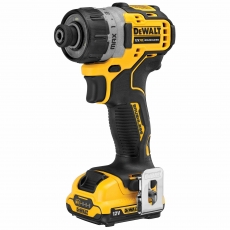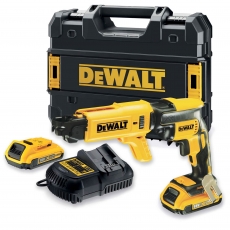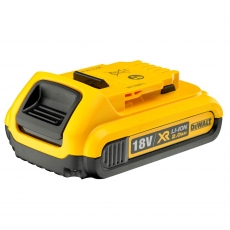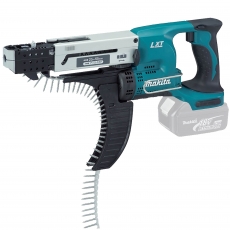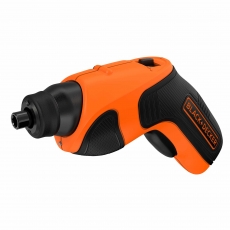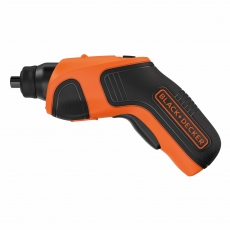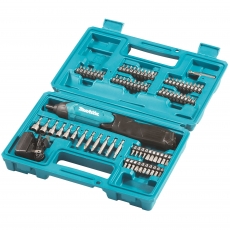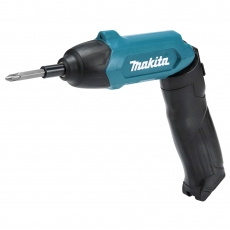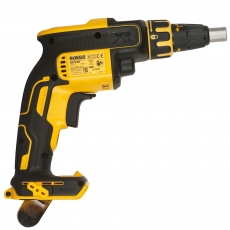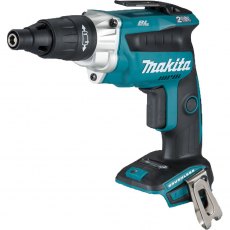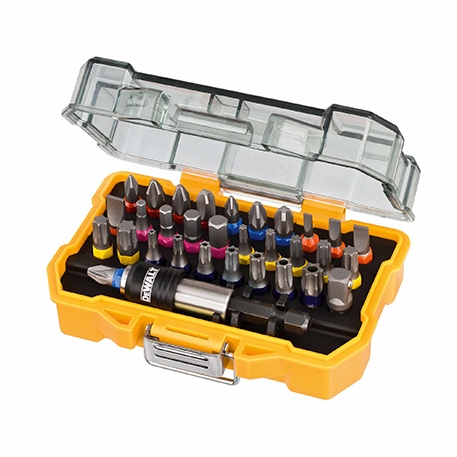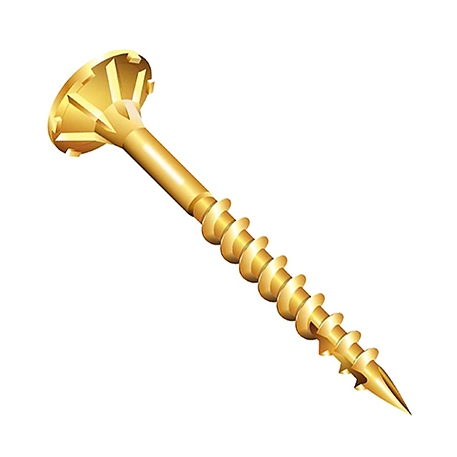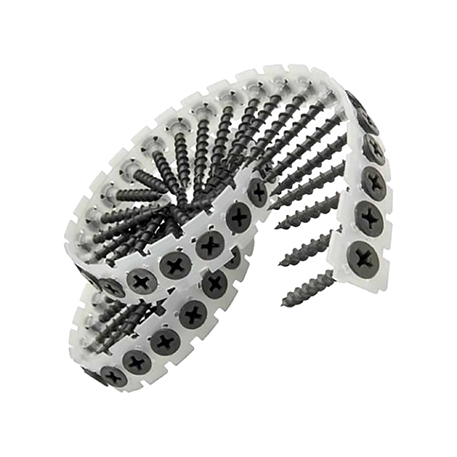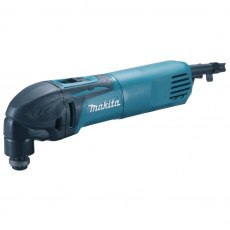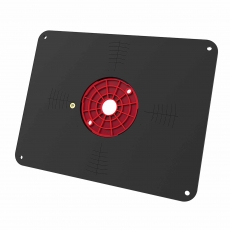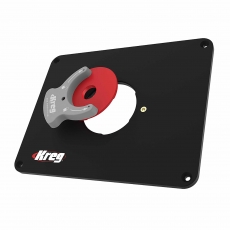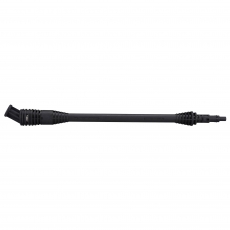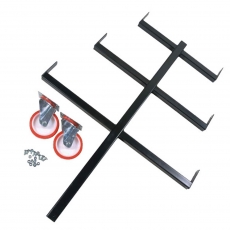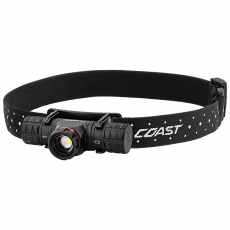Currently Out Of Stock
Cordless Screwdrivers
With an electric screwdriver, you can tackle screws with ease and precision, working faster and more efficiently for longer. A cordless electric screwdriver can make your life even easier, as it frees you from the electrical tether that constrains your movements. You can screw and unscrew with complete ease, making them perfect for home projects such as assembling flat pack furniture, putting up a fence, or fixing things around the house.
We have a wide range of electric and drywall screwdrivers from all the leading brands. Look out for features including pre-set depth settings, tool-free adjustment for countersink levels, and compatibility with a wide range of screw sizes. Check out our wide range or screwdriving insert bits so that you have the right accessory to tackle every screw you encounter. From single specialist bits to 25-piece sets, you’ll find everything for your screwdriving needs.
Frequently Asked Questions
What are the benefits of buying an electric screwdriver?
There are many benefits to an electric screwdriver:
Energy efficient
Using an electric screwdriver saves a lot of effort and energy compared to a hand-driven screwdriver. Using a manual screwdriver repeatedly can cause pain and discomfort, and the results aren’t always reliable. You’ll avoid lots of wear and tear on your hands, especially when working on a project that requires lots of screws. You’ll be able to drive screws quickly and accurately with minimal effort.
Time efficient
Manually driving a screw can be time-consuming with a hand screwdriver. An electric screwdriver can drive in a screw in a fraction of the time it takes to do it manually, increasing your productivity. Electric screwdrivers have an easy-to-hold gun shape and have high-speed capability.
Precision
Because of the torque and speed that can be achieved with an electric screwdriver, a cordless screwdriver delivers more precision and accuracy. Variable speed control that is offered on most models offers you far more control as you drive screws, and reverse action allows you to quickly remove them if necessary.
Versatility
Cordless screwdrivers use interchangeable bits, so you’ll always have the screwdriver head you need. No need to carry a whole set of manual screwdrivers.
Cost effective
It costs less to buy an electric screwdriver kit with a range of interchangeable bits than it does to buy a selection of manually driven screwdrivers.
What are the differences between an electric screwdriver and a cordless drill?
While one might just look like a smaller version of the other, there are some significant differences between an electric screwdriver and a drill.
Power
Drills have much larger and more powerful motors than electric screwdrivers and as such are used for more demanding jobs, such as drilling holes.
Chucks vs. sockets
Drills have a chuck that opens and closes around a drill bit. Screwdrivers feature a socket where you insert the screwdriving bit.
Versatility
As the name suggests, an electric screwdriver drives screws. A cordless drill can also act as a screwdriver, but it can also do a lot more.
Size
Drills have a larger, more powerful motor than an electric screwdriver and therefore tend to be heavier and more difficult to manoeuvre in confined, awkward spaces. Cordless screwdrivers are compact and lightweight, allowing them to reach into tight spots.
Cost
Electric screwdrivers are generally less expensive than drills.
What tasks can you use an electric screwdriver for?
Small and convenient, cordless screwdrivers are perfect for jobs around the house. For example, you could use your electric screwdriver for assembling flat-pack furniture, removing the battery cover of an electrical item when the batteries need replacing, hanging a picture frame, replacing an outlet cover, removing or fixing a cabinet door, and crafting projects.
Screwdriver bits come in all shapes and sizes – make sure you use the proper bit for your task. After drilling your screw into place, make sure you let off on the pressure. If you don’t, the screw will sink too far into the board. If you’re using an electric screwdriver for the first time, it’s worth practicing on a piece of wood first before proceeding to your task. You will get a good feel for the control with a little practice. Have a read of the instructions too so that you become familiar with its capabilities and features.
How long do electric screwdrivers last?
Battery capacity is measured in amp hours and is how much electrical charge a battery can store. The larger a tool’s battery capacity, the longer it will run before needing to be recharged. If you will be relying on your cordless screwdriver to run for long periods of time, the battery capacity is going to be an important factor in deciding which electric screwdriver is right for you. Select a model with a larger battery capacity (about 2.5 Ah or higher) to ensure it runs for longer between charges. If you will only be using your cordless screwdriver occasionally and only for quick jobs, you may want to choose a cordless screwdriver with a smaller battery capacity (less than 1.5 Ah).
Which power tool brand makes the best cordless screwdrivers?
Many people like to choose a tool brand and stick with them. There is merit in this, as with cordless tools you do not have to worry about different types of batteries and different ways of doing things.
But the best way to choose any tool, is to think about what you will be using it for. Each tool model will be engineered slightly differently, so you can choose the one that will best suit your needs. When choosing your electric screwdriver, you may want to consider:
Frequency of use
Will you be using your cordless screwdriver for long periods of time? If so, battery capacity is going to be an important factor for you. Try to choose a model with a battery capacity over 2.5 Ah to ensure it runs for longer between charges. If you will only be doing quick jobs, a smaller battery capacity of less than 1.5 Ah might suffice.
Torque
This refers to the rotational force that drives the screw in. A higher torque will make screwing easier – even in hard material.
Power
Linked directly to the tightening torque, the power of an electric screwdriver usually varies between 3.6v and 12v. A higher voltage will deliver more power to the screw.
Rotation speed
Cordless electric screwdrivers usually have a rotational speed between 180 and 450 rpm.



